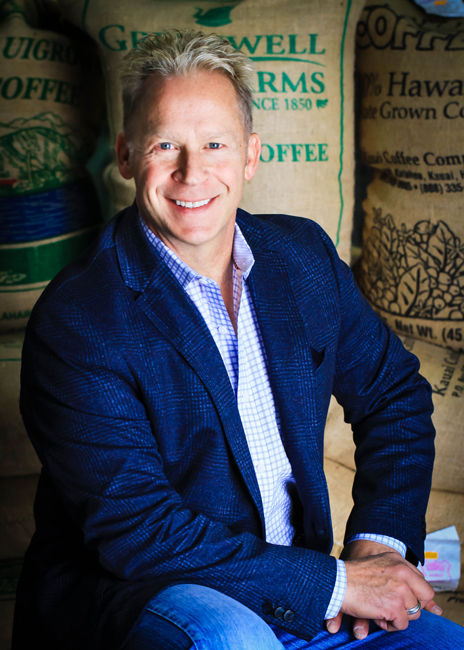 Scott SnyderIn 2019, Bad Ass Coffee of Hawaii was not doing well. They hadn’t sold a franchise in 10 years. In 2019, Royal Aloha Coffee, LLC, purchased the rights to the Bad Ass Coffee of Hawaii brand and, in 2020, launched a new brand experience with an updated logo, packaging, store design, and even some new products.
Scott SnyderIn 2019, Bad Ass Coffee of Hawaii was not doing well. They hadn’t sold a franchise in 10 years. In 2019, Royal Aloha Coffee, LLC, purchased the rights to the Bad Ass Coffee of Hawaii brand and, in 2020, launched a new brand experience with an updated logo, packaging, store design, and even some new products.
Scott Snyder, the new director of operations and one of three key investors in the coffee chain, knew they had a great brand name and soon realized consumers had a love affair with the brand itself in addition to loving its coffee. “The name drew people in the door and the coffee brought them back,” Snyder says. “But as a franchise it wasn’t successful, and they hadn’t opened a corporate store in years either.”
In 2019, at the time of its acquisition by Royal Aloha Coffee, Bad Ass had 16 locations. Today the company has 26 and expects to have around 30 by the end of the year with plans for 50 or more by the end of 2023.
Here, Synder shares some best practices he utilized to revive an ailing brand:
1. Buy the positives, not the negatives.
When Snyder and his investors acquired Bad Ass Coffee, they purchased the assets of the company rather than the prior holding company entity. Assets included trademarks, recipes and franchise agreements. “The intention was to get a clean start with the brand,” says Snyder. “Our strategy was to make an offer based on what we knew about the brand, but to protect ourselves against what we didn’t know from the prior company’s operating history. It’s a fairly common practice for acquisition scenarios.” In this case, it was a winning strategy.
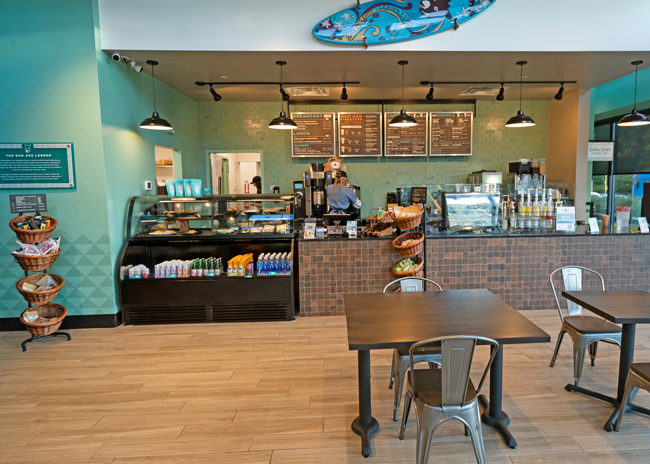
2. Ensure some things work.
Success comes down to three things, says Snyder: The brand, the product, and its infrastructure.
The first two of those, brand and product, have to be strong, or the company can’t survive, Snyder says. Personally, he’d come across the Bad Ass brand 25 years earlier, and had remembered it, so he knew the brand element was strong. And people were willing to come back for product, providing a second part. If either of those two is broken, he says, “it’s almost impossible to fix.”
In the case of Bad Ass, the third part of what makes a company successful, infrastructure, was broken. Infrastructure includes everything from people to innovation, systems, and technology. “Bad Ass had no infrastructure. It is extremely time-consuming and expensive to build infrastructure, but it is fixable,” says Snyder, “so that was the opportunity.”
3. Look for what is broken.
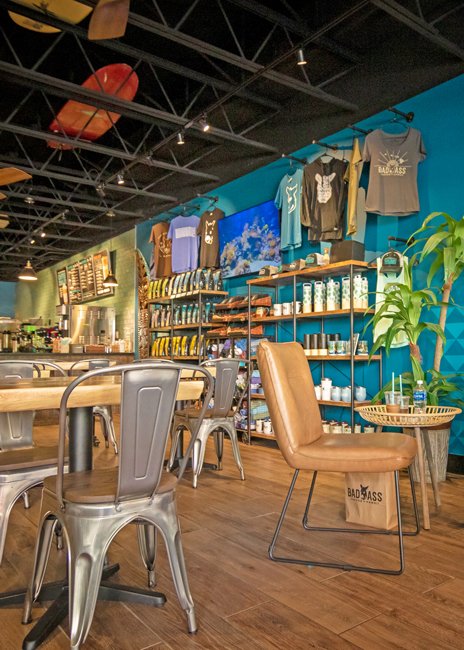 Something needs to be broken, says Snyder, because that shows the brand has potential when it’s fixed. He guessed that once he’d improved the infrastructure, the brand would be reborn. “Because the brand was somewhat distressed, that created a good opportunity,” he says.
Something needs to be broken, says Snyder, because that shows the brand has potential when it’s fixed. He guessed that once he’d improved the infrastructure, the brand would be reborn. “Because the brand was somewhat distressed, that created a good opportunity,” he says.
And he was correct. In the first two years of operations, after focusing on targeted geo and product marketing, cost management and product innovation, the legacy franchisees’ average unit volumes increased by 76%.
4. Build a roadmap with expectations.
Once the acquisition had gone through, Snyder looked forward. “You map out the entire vision of what you want to have and want to be, and it’s about prioritizing: What is the key infrastructure we need to have for table stakes, just to be in the game, just to sell franchises.”
It’s important to set expectations — for yourself, your team and your investors, Snyder points out, for motivation and so everyone knows where the company is on its journey. He looks out one year, three years, and five years.
“We worked backwards from a five-year plan that focused on basic milestones like stores open, average unit volumes, and revenue streams, through franchise royalties, franchise fees and distribution business fulfillment of proprietary products,” says Snyder.
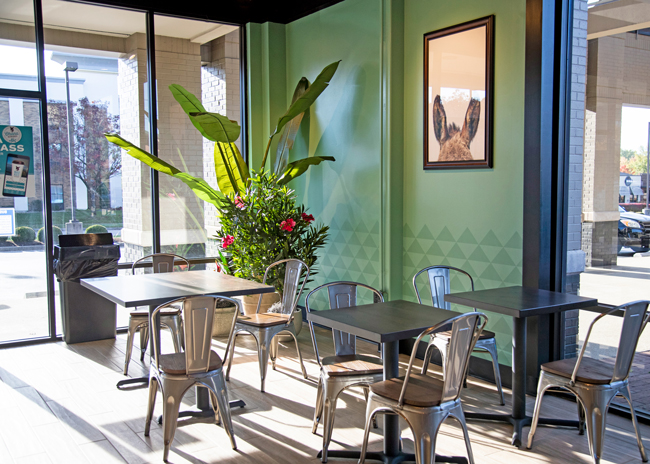
5. Improve what you have.
Snyder looked at legacy franchises that had been neglected for years, to understand what needed to improve. These locations needed to be stellar to attract new franchisees.
It’s important to prioritize, says Snyder: “What are the must-haves, need-to-haves and then like-to-haves. What will make the biggest impact in the shortest amount of time?”
Make sure any corporate stores are top-notch. Synder and his investors plan to open one corporate store in Denver, “because as a franchisee if I’m receiving support or assistance or direction from corporate, I want to know they’ve got the [same products] and are struggling with the same things.”
6. Hire wisely.
The first hire for the re-energized Bad Ass brand was the vice president of marketing, who helped guide the company and get the word out. “I was looking for highly experienced talent who had previously demonstrated an entrepreneurial, roll-up-your-sleeves and get dirty kind of spirit as well as that rare ability to create something new they believed in before others saw it and could believe in it,” Snyder says.
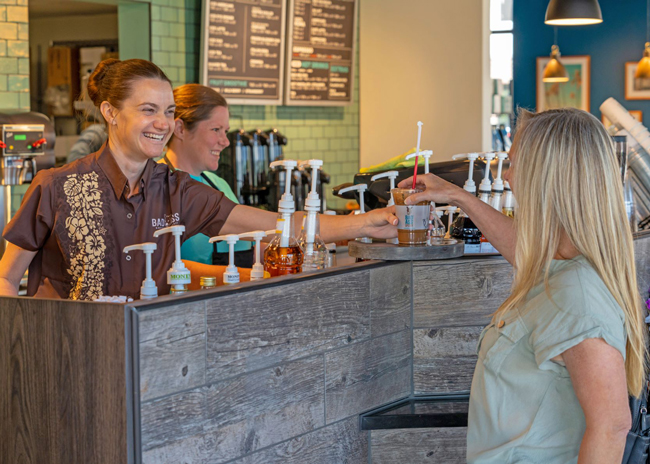
7. Make visible changes.
It’s important for customers to see fresh life has been breathed into a formerly ailing brand, Snyder says. At the same time, it’s also important to retain what’s kept some customers loyal so you don’t alienate them.
Look at every single detail, he says. And think about what’s unique. How could they make certain menu items Bad Ass? How could they make them Hawaiian? “How do you change things to 100% be that brand?” he says. This might include adding pineapple to a menu item or switching from a croissant to Hawaiian bread. Yet it’s important to stay relevant at the same time — this summer Bad Ass introduced a new line of cold coffees for example.
This authenticity stretches to the decor as well, which led to the incorporation of vintage Hawaiian photography in Bad Ass stores.
